Rome, Servian Wall
Q281330Servian Wall: the city wall of ancient Rome, dating back to the second quarter of the fourth century BCE.
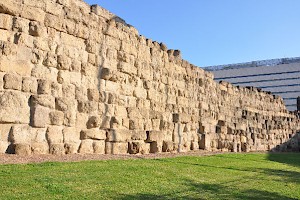
Although the ancient sources state that this wall was built by king Servius Tullius in the sixth century BCE, it is more plausible that it was in fact constructed after 375 VC. The stones, tufa from Veii, cannot have been obtained before this city was captured, which happened in 396 VC.
The building project was an enormous and expensive construction. According to the historian Livy, many people had to make debts. This aggravated an already existing conflict between the rich and the poor, and resulted in political changes: the aristocratic political elite had to make the consulship accessible for plebeians.
During the civil wars, the wall was improved with catapult batteries, but after the age of Julius Caesar, it fell into disrepair. The old gates, however, remained important landmarks: e.g., the Arch of Gallienus, the Porta Capena, and the Arch of Dolabella.
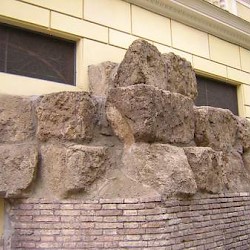 Rome, The Servian Wall near the Arch of Gallienus |
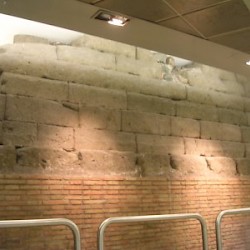 Rome, The Servian Wall in the basement of Rome's central station |
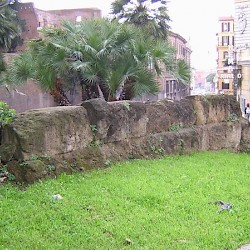 Rome, The Servian Wall on the Quirinal |
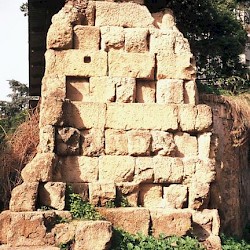 Rome, The Servian Wall on the Aventine |